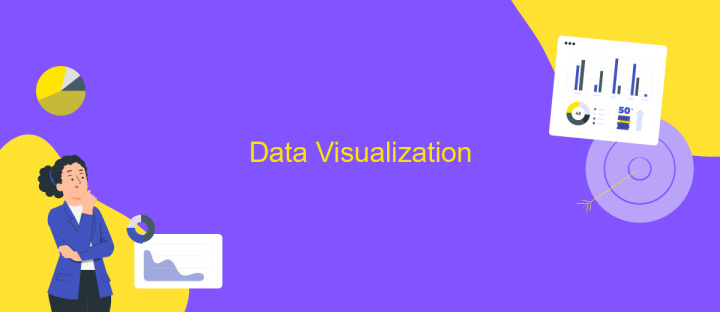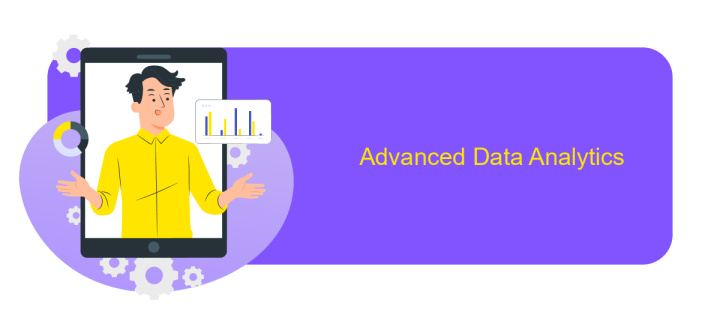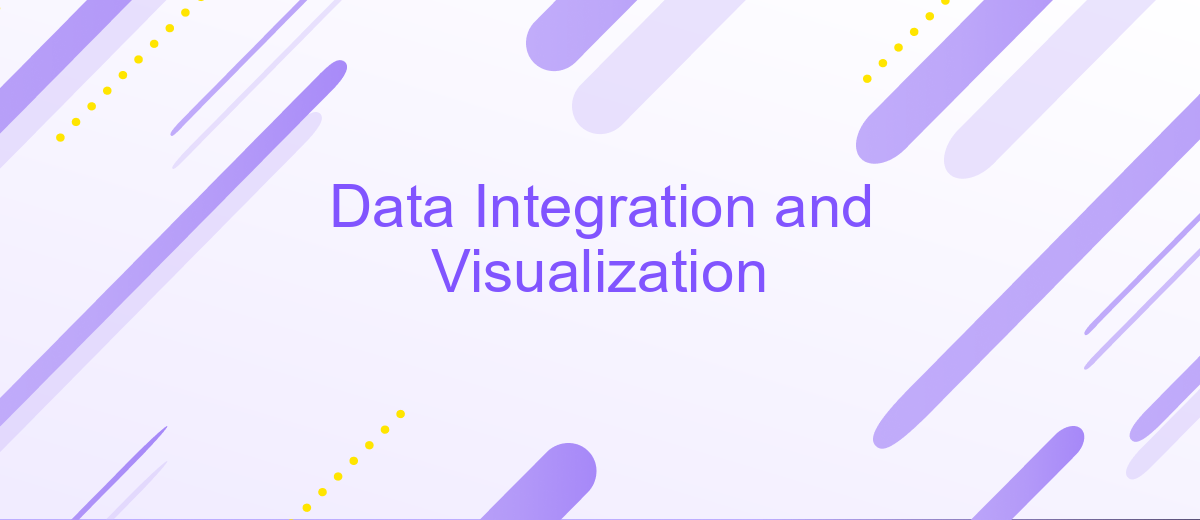Data Integration and Visualization
Data integration and visualization are critical components in the modern data-driven landscape. By seamlessly combining data from diverse sources and presenting it in a visually comprehensible manner, organizations can uncover valuable insights, drive informed decision-making, and enhance operational efficiency. This article explores the key concepts, techniques, and tools involved in effective data integration and visualization, highlighting their significance in today's business environment.
Data Integration
Data integration is a crucial process in managing and utilizing large volumes of data from diverse sources. It involves combining data residing in different sources and providing users with a unified view. This process is essential for businesses to gain comprehensive insights and make informed decisions.
- Extracting data from multiple sources
- Transforming data into a consistent format
- Loading data into a target system
- Ensuring data quality and consistency
- Maintaining data security and compliance
Effective data integration enables organizations to streamline operations, enhance data accuracy, and foster collaboration across departments. By integrating data, businesses can leverage advanced analytics and visualization tools to uncover hidden patterns, trends, and relationships within their data, ultimately driving innovation and competitive advantage.
Data Preparation

Data preparation is a critical step in the data integration and visualization process. It involves the collection, cleaning, and transformation of raw data into a format that can be easily analyzed and visualized. This step ensures that the data is accurate, complete, and consistent, which is essential for generating reliable insights. Techniques such as data cleansing, normalization, and enrichment are commonly used to enhance data quality. Tools and platforms like ApiX-Drive can automate many of these tasks, allowing for seamless integration of data from various sources.
ApiX-Drive is particularly useful for setting up integrations between different data sources without requiring extensive coding knowledge. It streamlines the data preparation process by providing pre-built connectors and automated workflows. This not only saves time but also reduces the risk of errors associated with manual data handling. By leveraging such services, organizations can ensure that their data is well-prepared for subsequent analysis and visualization, leading to more accurate and actionable insights.
Data Visualization

Data visualization is a crucial aspect of data integration, enabling stakeholders to comprehend complex datasets through graphical representations. Effective visualization transforms raw data into meaningful insights, facilitating better decision-making and strategic planning. By leveraging various visualization techniques, organizations can identify trends, patterns, and anomalies that might otherwise go unnoticed.
- Bar Charts: Ideal for comparing discrete categories or groups.
- Line Graphs: Useful for showing trends over time.
- Pie Charts: Best for illustrating proportions and percentages.
- Scatter Plots: Effective for displaying relationships between two variables.
- Heat Maps: Useful for visualizing data density and variations.
Additionally, when it comes to advanced analytics and creating impactful data insights, mastering Power BI can be an exceptional step forward. By using Power BI's intuitive design and robust capabilities, individuals gain the ability to craft compelling visual narratives derived from their integrated datasets.
Choosing the right visualization method is essential for accurately conveying the story behind the data. Interactive dashboards and tools further enhance the user experience, allowing for dynamic exploration and real-time analysis. Ultimately, well-crafted visualizations not only make data more accessible but also drive actionable insights, fostering a data-driven culture within organizations.
Advanced Data Analytics

Advanced data analytics involves the use of sophisticated techniques and tools to uncover deeper insights and patterns within datasets. This process goes beyond basic data analysis by employing methods such as machine learning, predictive modeling, and complex statistical analyses. These techniques help organizations make more informed decisions and predictions.
One of the key components of advanced data analytics is the ability to handle large and diverse datasets, often referred to as big data. This requires robust data processing and storage solutions, as well as advanced algorithms capable of analyzing vast amounts of information efficiently. Additionally, data visualization plays a crucial role in presenting the results of these analyses in an understandable and actionable manner.
- Predictive analytics for forecasting future trends and behaviors.
- Machine learning for identifying patterns and automating decisions.
- Natural language processing for analyzing text data.
- Advanced statistical methods for deep data exploration.
Implementing advanced data analytics can significantly enhance an organization's ability to innovate and compete. By leveraging these advanced techniques, businesses can gain a competitive edge through more accurate predictions, improved operational efficiency, and deeper customer insights. As technology continues to evolve, the potential applications and benefits of advanced data analytics will only grow.


Conclusion
In conclusion, effective data integration and visualization are pivotal for organizations aiming to leverage their data for strategic decision-making. The ability to seamlessly integrate disparate data sources and visualize the resulting information in a coherent manner can significantly enhance operational efficiency and provide valuable insights. Tools such as ApiX-Drive play a crucial role in this process by offering robust solutions for automating data integration, thus reducing the complexity and time required for manual data handling.
Moreover, the integration of advanced visualization techniques allows for a more intuitive understanding of complex data sets, enabling stakeholders to make informed decisions swiftly. As the landscape of data continues to evolve, the importance of reliable and efficient data integration and visualization tools cannot be overstated. By embracing these technologies, organizations can unlock the full potential of their data, driving innovation and maintaining a competitive edge in their respective industries.
FAQ
What is data integration?
Why is data visualization important?
What are the common challenges in data integration?
How can I automate data integration processes?
What are the best practices for effective data visualization?
Time is the most valuable resource for business today. Almost half of it is wasted on routine tasks. Your employees are constantly forced to perform monotonous tasks that are difficult to classify as important and specialized. You can leave everything as it is by hiring additional employees, or you can automate most of the business processes using the ApiX-Drive online connector to get rid of unnecessary time and money expenses once and for all. The choice is yours!

